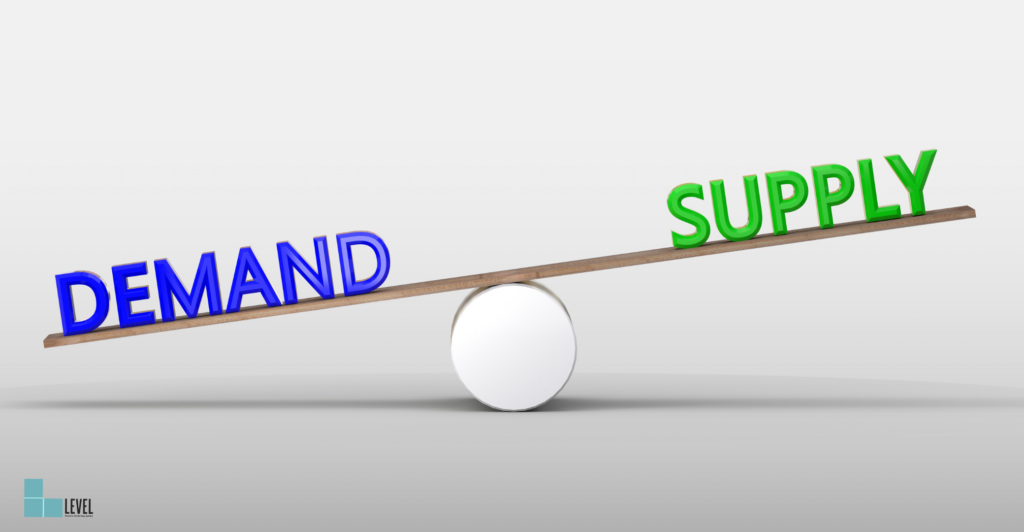What a long, strange trip the past few years have been for building product marketers:
1. Pandemic shut down.
2. Supply chain disruptions
3. Demand exceeds supply
Now what?
Many building product manufacturers have reduced the marketing investment. And who can blame them…demand exceeds supply alongside economic uncertainty. But that shouldn’t mean abandoning the brand. There are still opportunities to improve user engagement and help solidify long-term loyalty.
While there are many possible paths forward in today’s marketing landscape, i.e.: sit tight and wait, re-focus distribution support, manage price hikes, or posting something on FB/Insta. The remainder of this blog is centered around an often-overlooked opportunity – leveraging service to improving brand engagement. This can be everything from shipping to installation to maintenance.
Often, installers and service technicians are the last person the customer sees. By improving how they interact with your brand is an area that can have long-term benefits.
– Proper installation can eliminate those “call-backs” where it almost always seems to be a product issue.
– Proper diagnosis of in-field issues can result in a quick service fix, thus avoiding product replacement costs and negative brand perception.
We’ve seen several innovative brands take advantage of today’s marketing climate by:
– Focusing on improving how their installation base interacts with the product during the installation process. This has significantly reduced “call-backs” and improved how the installers view this brand.
– Another manufacturer upped their efforts in educating homeowners on product maintenance. While this may seem counter-intuitive to the ” let’em wear it out and replace it” mentality, the manufacturer is still enjoying one of the highest referral rates in their industry.
– Expanding the traditional audiences beyond builders, architects, and installers to include dealer floor personnel. Yes, there is a lot to be said about D2C and it’s another channel. However, in certain categories, online does not replace visiting a dealer’s floor to compare and see. Our experience has shown that the dealer floor sales team is more receptive to product point-of-difference training than ever before to create turns and not just “incentives.”
By shifting the brand’s marketing investment from “demand creation” to “brand affinity” these marketers are seeing their customer conversation shift from “when will it ship?” and “another price increase” to a conversation that includes “that will help us reduce call-backs” and “ship it as quickly as possible, they’ll wait.”
In this unpredictable time, shifting the brand strategy to become more engagement orientated can help set the stage for a quicker and stronger recovery when things return to “normal.” Until then, our clients have experienced that helping users better understand and interact with their product may not defer all those hard conversations, but it does add positive overtones to the conversations. And that’s something to built on.
